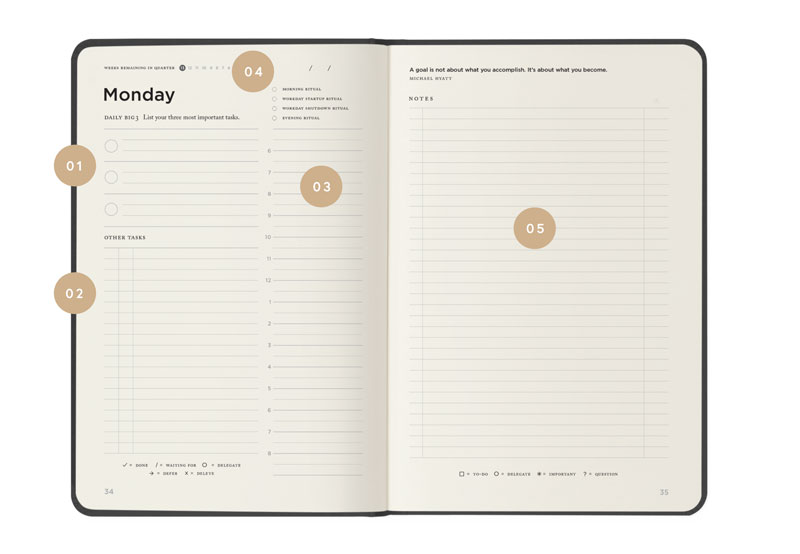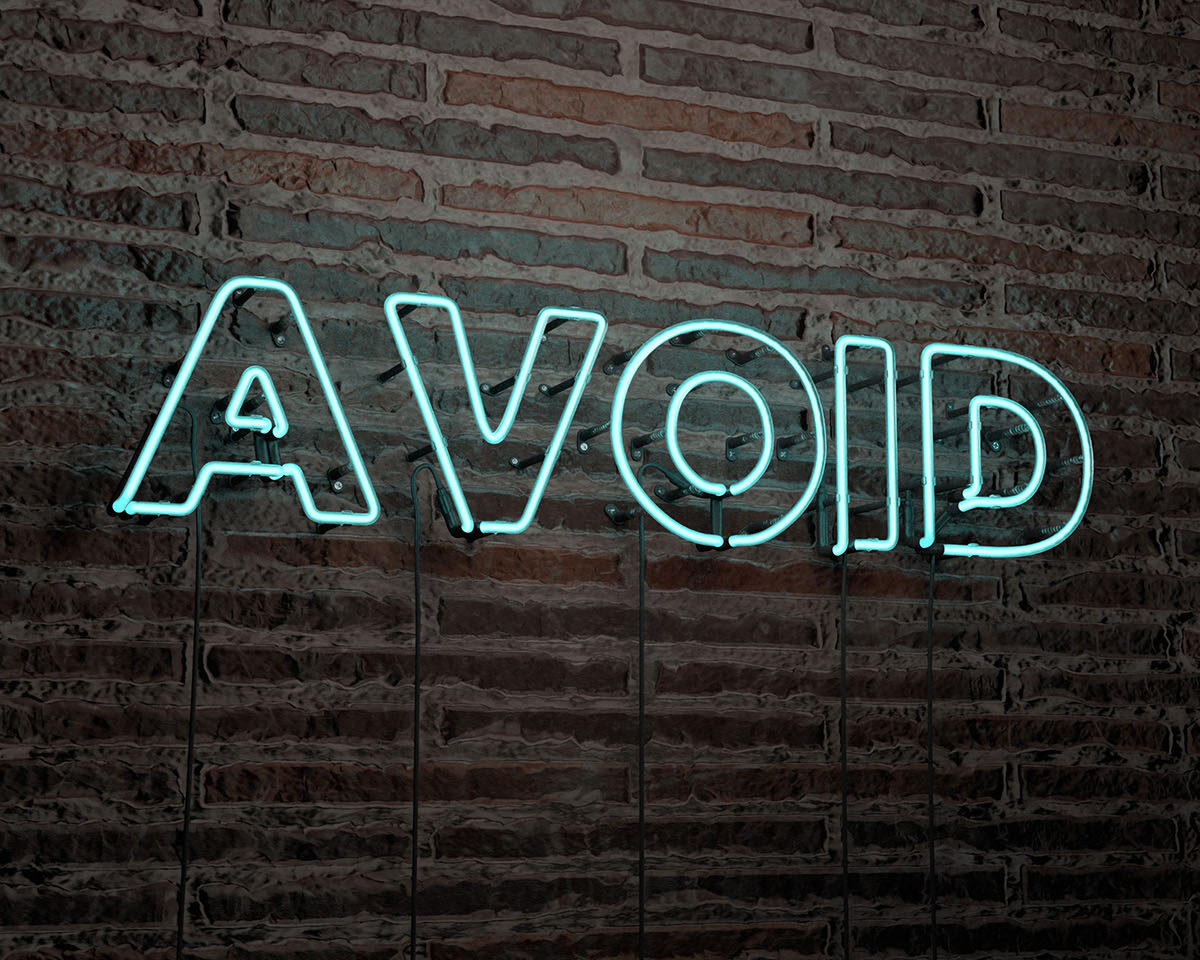As a high achiever, you probably pride yourself on how much you get done. But one area always feels like a mess: your email. You’re inundated with a constant barrage of communications. There’s email itself, plus emails about other communications elsewhere—like calendar notifications, Slack messages, or notifications from your task-management platforms. Will it ever end?
There can be an end, but it’ll only come when you stop reacting to the messages and take control of your inbox. Here are three steps to go from inbox overwhelm to an inbox oasis every single day:
1. Determine Who Will Have Access to You
The busier you become, the less and less availability you have to offer others. So ask yourself, Who really needs access to me? It might seem cold, but it’s about segmenting your communication and stewarding your time. You only have so much time, energy, and mental bandwidth. At some point, you have to stop giving attention to low-leverage messages. Because the truth is, there’s probably someone else who’s better suited to address the needs somebody is reaching out about. Here are a few more questions to ask to narrow this down: Are you the best person to respond to this kind of message? Does this person need a personal response from you to do their work? Could someone else respond and produce the same result?
2. Automate
Create email rules to direct messages by sender and subject. For example, all emails that are high priority can go to your inbox, while things like subscriptions and newsletters go elsewhere. Another strategy is to use email templates to respond faster to routine requests. If you sense you’re getting similar emails over and over, and feel like you’re writing the same responses again and again, pull up your email template, personalize it, and be done. The key here is to keep things out of your inbox that are low priority.
3. Set Expectations
Do this according to your schedule and preferences. First, you want to decide what your response time will be. For example, will it be 24 hours? Forty-eight hours? A week? Whatever you decide, if you set the expectation on the front end, people will usually accept it. Second, you want to decide how often you’ll communicate. This might mean you only check email a couple times a day, but at specific times. What you’ll see happen is, as you establish what can be expected of you, it will become the default expectation of the people around you. And, if you’re a leader, whatever you do will be mirrored by your team. So be intentional.
Don’t let your focus be fragmented. Don’t be distracted all the time. It’s your email, and you can take charge of it instead of the other way round. By following these three steps, you can stop being the bottleneck on communications. And you’ll gain miles of mental bandwidth to spend on your most important tasks.
Last modified on October 10th, 2022 at 9:26 am
Disclosure of Material Connection: Some of the links in the post above are “affiliate links.” This means if you click on the link and purchase the item, we will receive an affiliate commission. Regardless, we only recommend products or services we use and believe will add value to our readers. We are disclosing this in accordance with the Federal Trade Commission’s 16 CFR, Part 255: “Guides Concerning the Use of Endorsements and Testimonials in Advertising.









